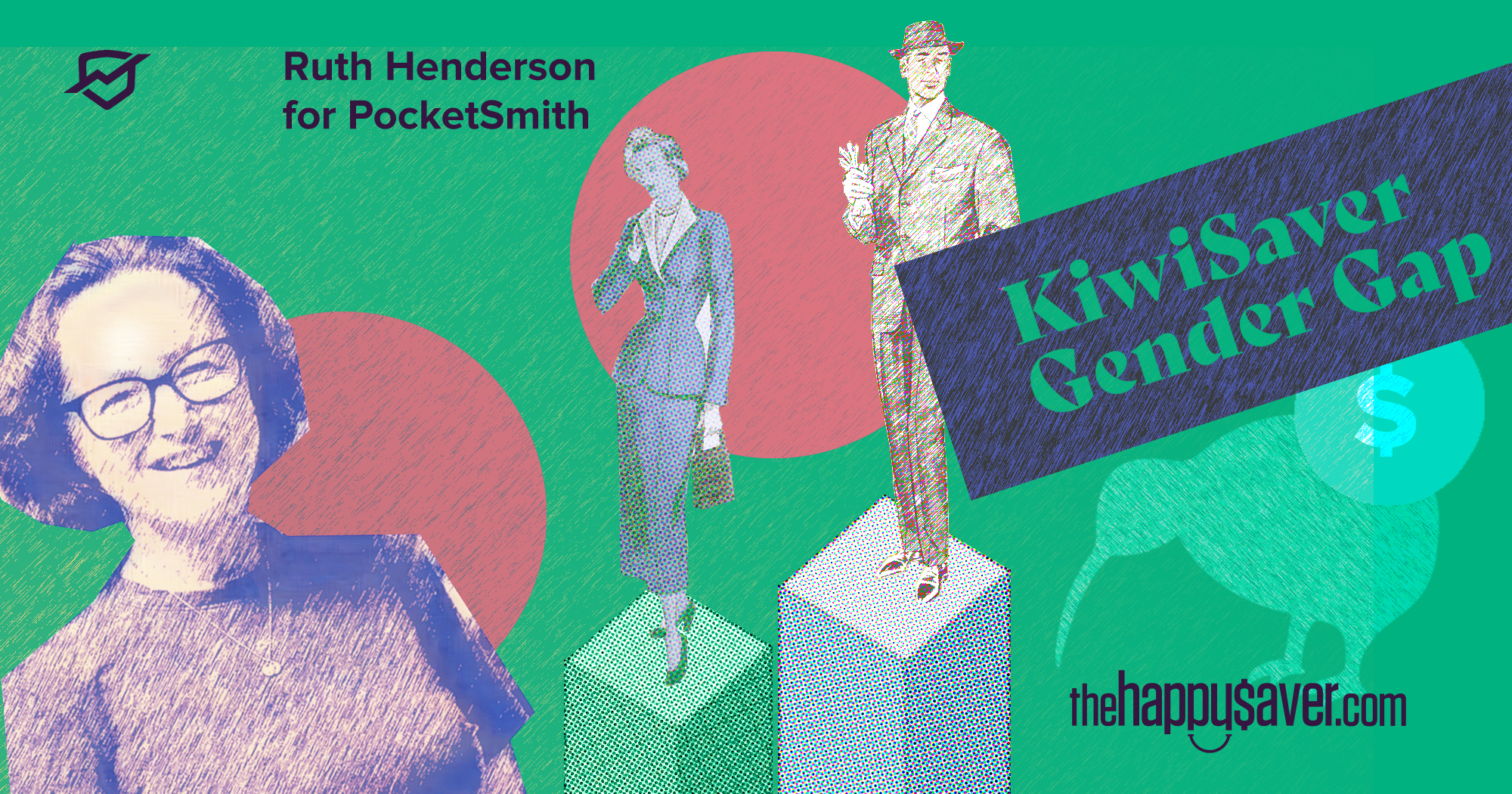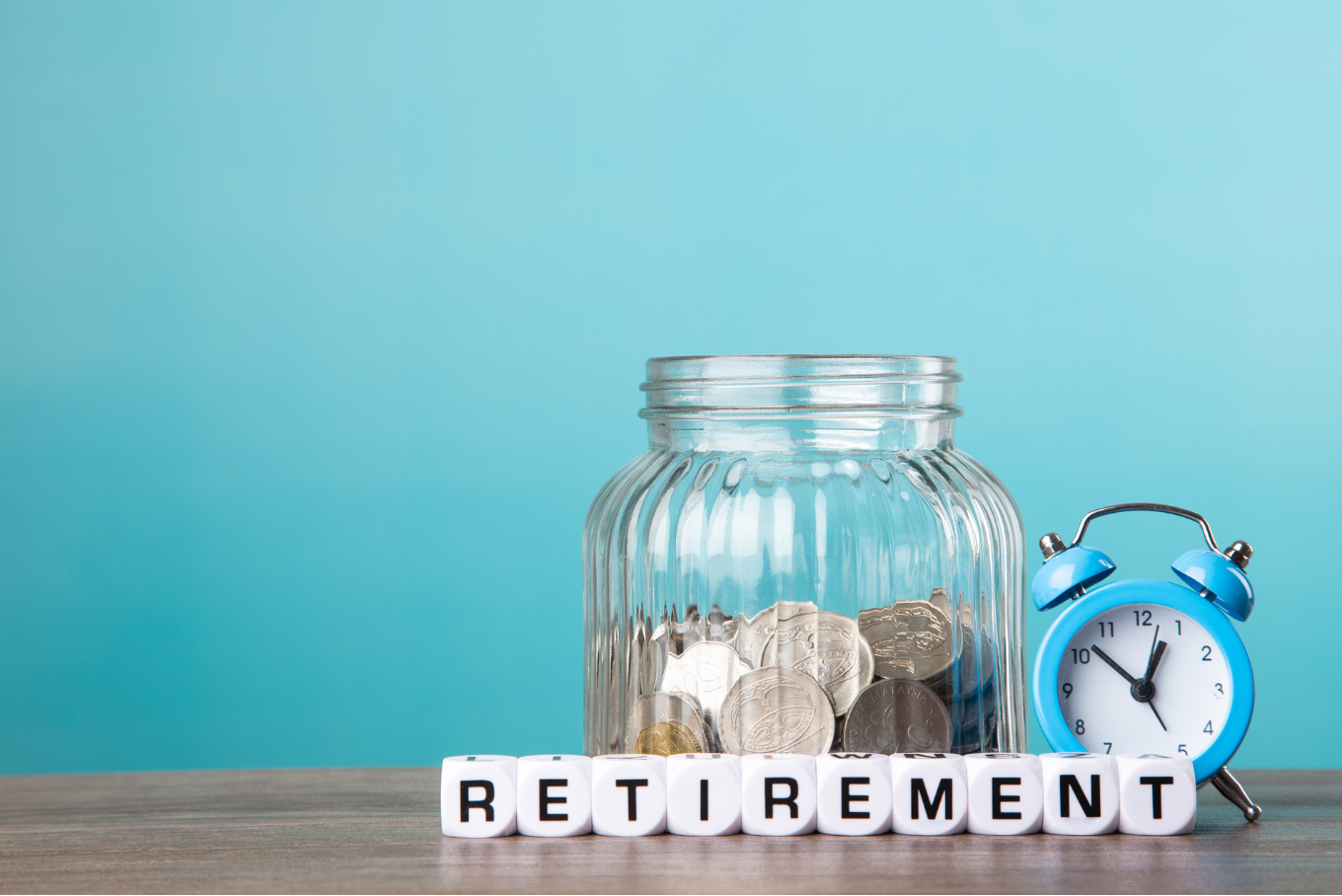
A report outlining that “women have 20% less in retirement savings than men” makes quite the headline. As a woman, I feel deflated just reading it! My feminist sense of justice is poised for an argument. However, I don’t like arguing, so it makes better sense to dig into this statistic to help answer the question, “is this my reality?”
Te Ara Ahuna Ora Retirement Commission conducted a major study of almost three million KiwiSaver members, and their research revealed many findings.
Two of which were:
Both points are pretty sobering!
I know, just by looking at the numbers, that I could have easily been that statistic, having far less in my KiwiSaver than the man I often compare myself to: my husband Jonny. But to provide hope to others and give away the punch line of this article, I’m no worse off than him when it comes to retirement savings. In fact, I have 24% more in my KiwiSaver than he does! And both of our balances are far higher than the average.
This was by design, not an accident.
KiwiSaver began in July 2007, and Jonny and I signed up straight away. This newfound workplace perk coincided with me permanently stopping all paid employment when our daughter was born in November of that year. Those KiwiSaver employer contributions were good for the brief time I received them! With Jonny continuing to work full-time in his own company, he began voluntary contributions to his KiwiSaver fund, and his employer took over this input.
I clearly recall seeing the direction both of our KiwiSaver balances were headed in if this arrangement continued:
I immediately started making voluntary contributions to my fund upon stopping working. I transferred my entire Australian superannuation balance into my KiwiSaver, giving my fund a small boost. I made contributing to my fund an item in our household budget and created a voluntary monthly contribution into my KiwiSaver fund.
Given we have had fully combined finances from the day we became a permanent couple, this money came from our household income, i.e. Jonny’s take-home pay.
As the years have rolled on, Jonny and I have oscillated between not working, part-time PAYE employment and self-employment. To say our income is ‘variable’ would be an understatement.
But the one constant has been never-ceasing contributions to both of our KiwiSaver funds, either from voluntary contributions or PAYE employment. Or both.
For the last fifteen years, we have never missed a single month, consistently contributing to our KiwiSaver as a priority investment, even when things get tight financially. The result, when I look at our KiwiSaver balances, is that mine is 24% higher than his!
That small cash injection from my Australian superannuation fund (being rolled into my KiwiSaver very early on), my progression into part-time PAYE employment, and ongoing voluntary contributions have meant that my investment has grown nicely over time.
Therefore, I think it’s essential to look at the findings of this study in relation to your own situation.

Although I understand why we might need to use our KiwiSaver for a first home deposit, it does have massive consequences for our future retirement. The most significant blow our KiwiSaver funds can take has nothing to do with the performance of the share markets or the fees charged by any providers; it’s because we can drain our KiwiSaver fund effectively to zero if we are buying our first home. You have to start all over again in building up that nest egg.
Whether men are ahead of women in the size of their KiwiSaver balance shouldn’t have men feeling smug or women feeling left behind. Because the fact is that according to this study, we are ALL behind when it comes to saving for retirement in New Zealand.
I’d encourage you not to focus on the ‘minimum’ contribution you can make to your fund but instead think about the end balance of your retirement fund. Just take a peek at our friends across the ditch in Australia; their superannuation contributions are required by law to be far higher than ours, meaning that their balances are substantially greater from the get-go and that just compounds over time. How much ‘should’ you be contributing today to reach your goal?
This is why I focus so hard on teaching my daughter how money works, reducing any disparity I can, and putting her on the right side of any statistics. I believe in giving children a head start by building their financial knowledge early in life and contributing financially to their KiwiSaver fund if you can. Having signed my daughter up to KiwiSaver at birth and contributed the equivalent of two flat whites a week to her fund ever since, I think she will sway a few statistics in the years to come when she is compared to her peers. Even though there is no government match or employer contributions until she reaches 18, her fund performance has given me the best insight into what regular contributions can grow to over time.
When we reach 65, no matter our gender, we will receive government superannuation, meaning that the amount you have invested in KiwiSaver will be the cherry on top of this fortnightly government payment. It’s up to you to decide how large that cherry will be. If you have time before you retire, implement some changes and move what levers you can to increase your chances of a substantial retirement nest egg.
Ruth blogs at thehappysaver.com all about how she and her family handle money. What’s the secret? Spend less than you earn, invest the difference, avoid debt and budget each dollar that flows through your hands. She firmly believes that if you can just get the basics right, life becomes easier from there on in.